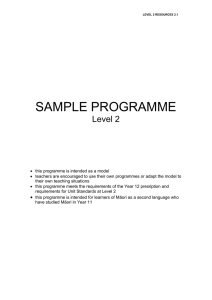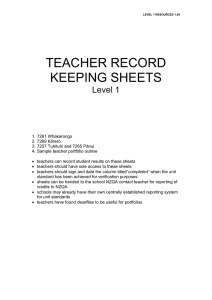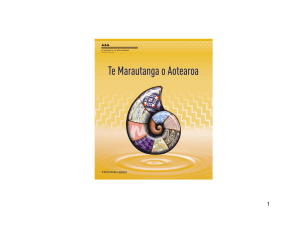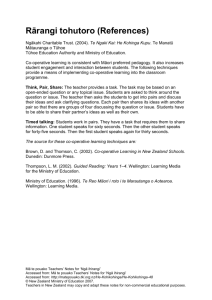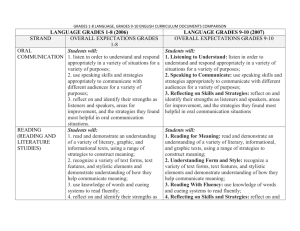National Standards NAG2A(b) 2015
advertisement
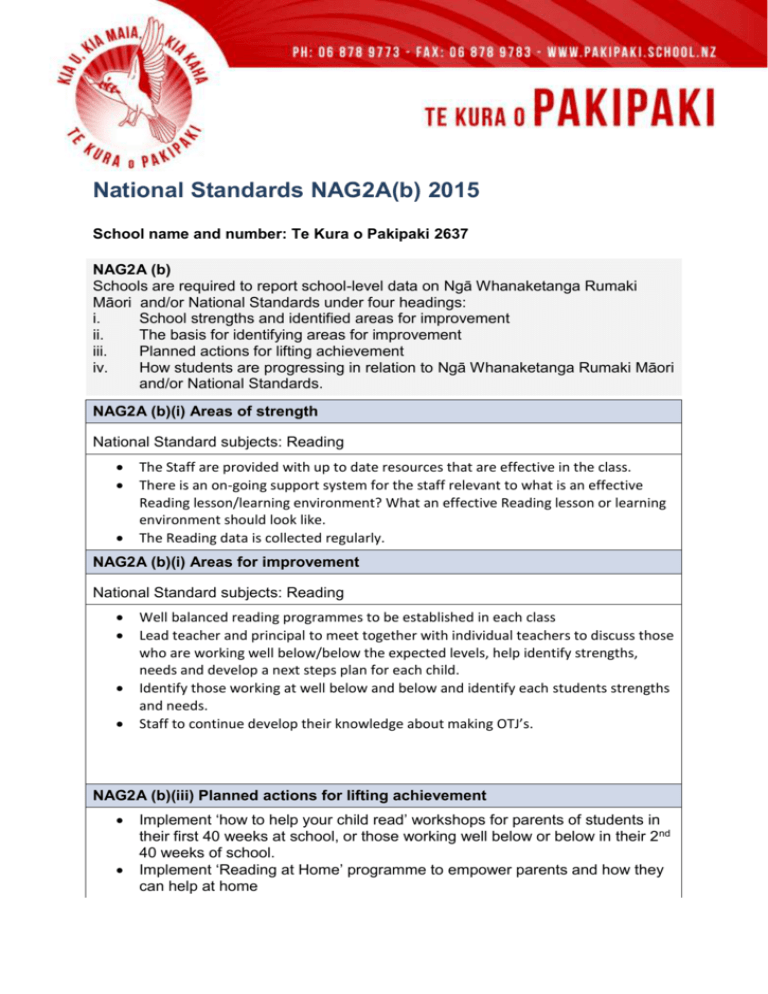
National Standards NAG2A(b) 2015 School name and number: Te Kura o Pakipaki 2637 NAG2A (b) Schools are required to report school-level data on Ngā Whanaketanga Rumaki Māori and/or National Standards under four headings: i. School strengths and identified areas for improvement ii. The basis for identifying areas for improvement iii. Planned actions for lifting achievement iv. How students are progressing in relation to Ngā Whanaketanga Rumaki Māori and/or National Standards. NAG2A (b)(i) Areas of strength National Standard subjects: Reading The Staff are provided with up to date resources that are effective in the class. There is an on-going support system for the staff relevant to what is an effective Reading lesson/learning environment? What an effective Reading lesson or learning environment should look like. The Reading data is collected regularly. NAG2A (b)(i) Areas for improvement National Standard subjects: Reading Well balanced reading programmes to be established in each class Lead teacher and principal to meet together with individual teachers to discuss those who are working well below/below the expected levels, help identify strengths, needs and develop a next steps plan for each child. Identify those working at well below and below and identify each students strengths and needs. Staff to continue develop their knowledge about making OTJ’s. NAG2A (b)(iii) Planned actions for lifting achievement Implement ‘how to help your child read’ workshops for parents of students in their first 40 weeks at school, or those working well below or below in their 2nd 40 weeks of school. Implement ‘Reading at Home’ programme to empower parents and how they can help at home Teacher’s will actively participate and deliver daily lessons from ‘switched on to spelling programme’ which will support those who are struggling to decode and encode texts As a staff unpack national standards, literacy learning progressions etc at each level in order to have a better understanding of what students should be doing at each year level. As a whole staff teacher’s discuss strategies that can be used that will encourage children to engage in reading at home i.e whole school incentives Collect data in March, June and Sept, use this in conjunction with overall teacher judgements to give an instructional level for where students are working at Through conversations with the principle, lead teacher make appropriate referrals to Resource teacher of literacy education Develop and maintain a well balanced reading programme that includes daily shared reading, reading to and guided reading Purchase readers at all levels (especially those reading at well below, below) in which students are able to make connections to Purchase more non-fiction books for the library that will enable students to make connections and enjoy different types of texts Teacher’s to use a trajectory profile chart to monitor students progress throughout the year. This could be used in conjunction with teacher’s teaching as inquiry and also serve as a self assessment tool for individual students. Additional information: The Annual Aim is to increase the number of students achieving at or above the National Standard for Reading. This aim can be continued with a focus on student’s receiving explicit learning strategies on how to decode and encode texts (the majority of students working at well below or below are in the first 80 weeks at school)
